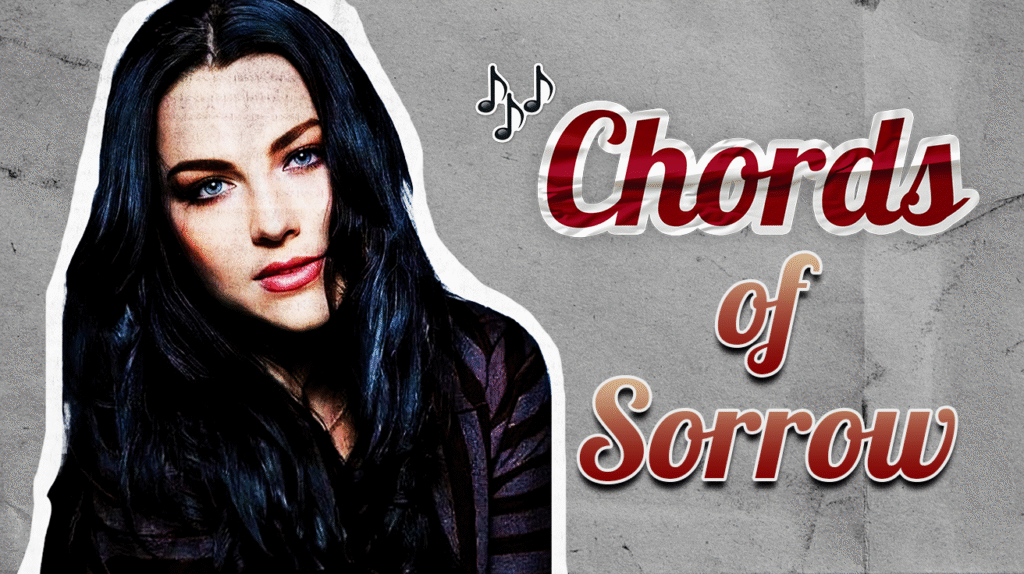
Rock doesn’t just soundtrack our lives—it excavates the emotional ruins most people spend their lives avoiding. When mainstream culture demands emotional repression, these songs rip open the wound and let it breathe. They’re emotional defibrillators, shocking the numb back to life through distortion, vulnerability, and the raw howl of voices that dared to sound as broken as we feel.
While pop sells the fantasy of perfect love, rock music holds space for the messy aftermath—grief, isolation, and regret. It turns private pain into collective catharsis similar to how The Breakfast Club transformed teenage alienation into a shared language of survival.
16. Nothing Else Matters – Metallica
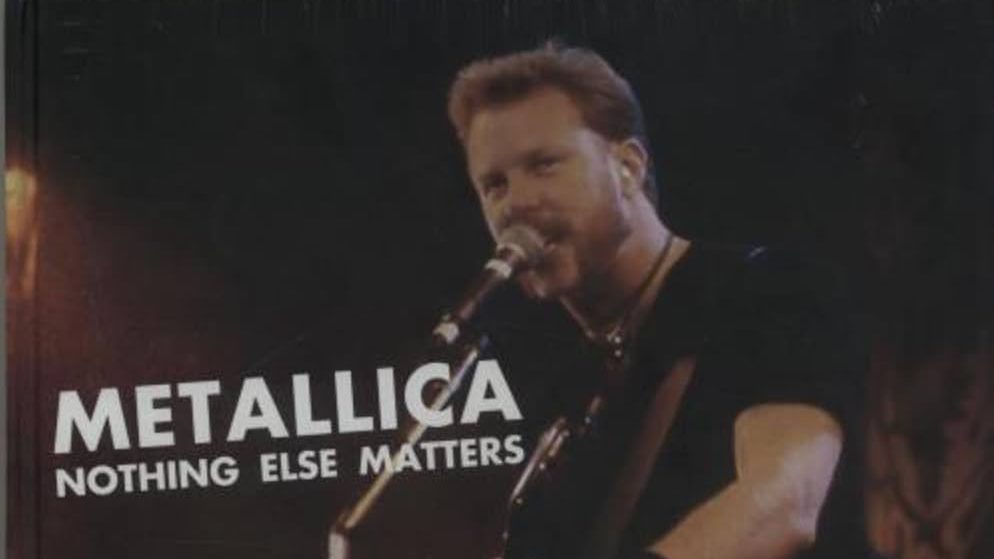
Metal’s emotionally armored fanbase never expected their thrash heroes to deliver a ballad that would eventually soundtrack weddings. Yet in 1991, Metallica committed the ultimate act of vulnerability—stripping away the protective shell of speed and aggression to expose the tender underbelly of human connection. That open-string arpeggio feels almost rebellious in its gentleness, as if admitting softness required more courage than any wall of distortion.
The song shattered one of the biggest heavy metal myths—that emotional intimacy had no place in the genre. While the original studio recording relied solely on the band’s restraint, it was the later 1999 S&M live album where Michael Kamen’s orchestration would further transform the song. The stripped-back vulnerability of the original version proved that even without orchestral embellishment, metal could create space for genuine emotional connection.
15. Only Women Bleed – Alice Cooper
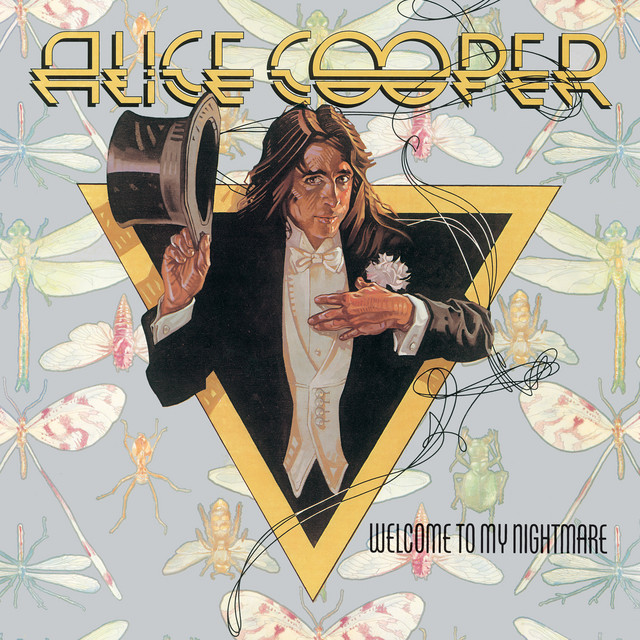
Alice Cooper, the shock-rock boogeyman who guillotined himself nightly for entertainment, delivered a powerful ballad addressing domestic struggles that resonated deeply with audiences. Released when songs about marital strife were rare in mainstream rock, this 1975 track peaked at #12 on the US Hot 100 and even reached #1 in Canada, proving audiences were ready for rock that tackled difficult social themes.
The genius lies in how Cooper weaponized his monstrous persona to spotlight the real monsters hiding in plain sight. At a time when rock stars were expected to glorify conquest, Cooper dared to examine the emotional casualties of patriarchy. While many underrated bands from the 70s were quietly exploring similar themes, Cooper’s theatrical fame amplified the message, sneaking empathy into spaces where vulnerability was seen as weakness.
14. Might As Well Be On Mars – Alice Cooper
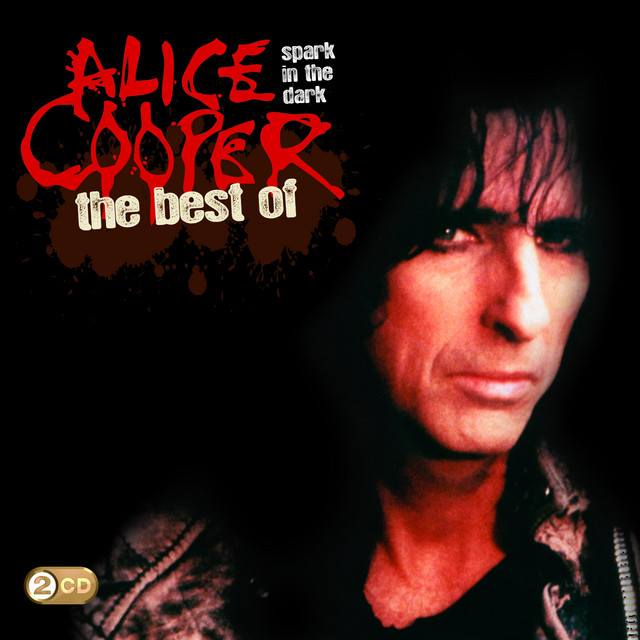
Cooper’s 1991 masterpiece of isolation delivers the emotional gut-punch of realizing someone can be simultaneously three feet away and completely unreachable. This hidden gem from “Hey Stoopid” captures that peculiar heartbreak of physical presence paired with emotional absence—that cold, airless gap between bodies that might as well be interplanetary.
The production creates a sonic black hole, with Cooper’s voice as the lone transmission from someone drifting further into space with each breath. Unlike the bombastic arena anthems surrounding it, this track trades in the quiet devastation of crossed signals and oxygen running out. It’s the sound of watching someone move their lips while the words evaporate before reaching you, like astronauts losing contact with mission control.
13. Last Kiss – Pearl Jam

Pearl Jam’s surprisingly straightforward cover turned a 1960s tragedy song into generation-defining catharsis for the flannel-wearing masses. Vedder’s voice—usually a vehicle for angst and social critique—transforms here into a vessel for pure grief. The choice to strip the production bare feels like emotional archaeology, removing layers of dirt to reveal the fossilized heartbreak underneath.
The band’s decision to release this cover as a charity single for Kosovo refugees in June 1999 connects personal loss to collective trauma, turning teenage melodrama into global empathy. Their version resonates precisely because it refuses to hide behind grunge’s usual defensive irony. It’s the musical equivalent of that scene in every teen movie where the cynical outsider finally breaks down and cries—this time channeling that emotion toward humanitarian relief in a powerful act of musical activism.
12. Everybody Hurts – R.E.M.
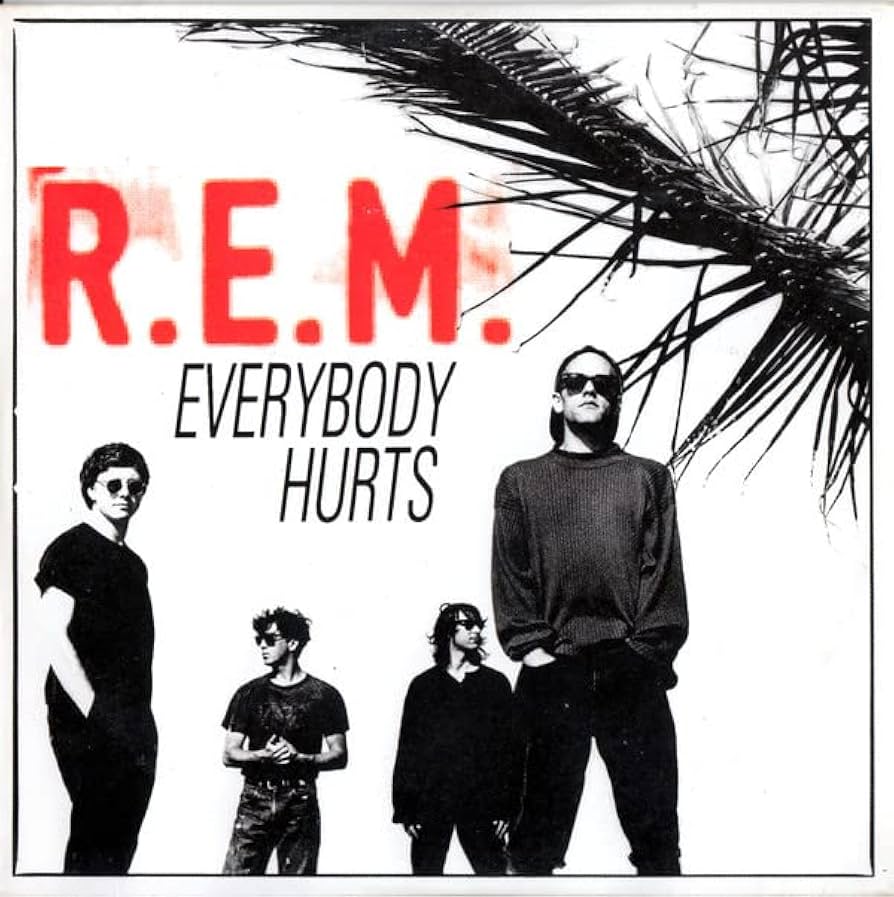
In the cynical 90s, when ironic detachment was the emotional fashion statement of choice, R.E.M. committed the radical act of straightforward sincerity with their April 5, 1993 single. This song functions similar to a musical lifeline, extending a hand through speakers directly to listeners in their darkest moments. Its message—almost embarrassingly direct by indie rock standards—acknowledged suffering while gently insisting on connection.
The orchestral arrangement turns private pain into a communal experience, transforming isolation into connection through shared vulnerability. The Jake Scott-directed video, set in a San Antonio traffic jam, perfectly captures modern emotional paralysis—stuck, surrounded by others, yet completely alone in our suffering. Michael Stipe’s vocals offer neither false comfort nor despairing nihilism, just the revolutionary middle path of witnessed pain.
11. My Immortal – Evanescence

Before TikTok turned emotional vulnerability into performative content, Amy Lee created the ultimate soundtrack for teenage bedroom breakdowns. Released October 22, 2003 on the multi-platinum “Fallen” album, this piano ballad stripped away the scaffolding of nu-metal’s aggression to expose the raw nerve underneath. The production creates a sonic bedroom—intimate, private, and echoing with the kind of feelings that feel too big for your body.
Lee’s vocals carry the emotional intensity of someone processing grief in real-time, making space for the specific brand of teenage heartbreak that adults love to dismiss. The song’s massive success revealed how desperately young women needed their complex emotions validated rather than trivialized. Each soaring note functions as permission to feel everything, deeply and without apology, similar to how “Titanic” gave teenagers everywhere permission to sob openly in public theaters.
10. Rainbow Eyes – Rainbow
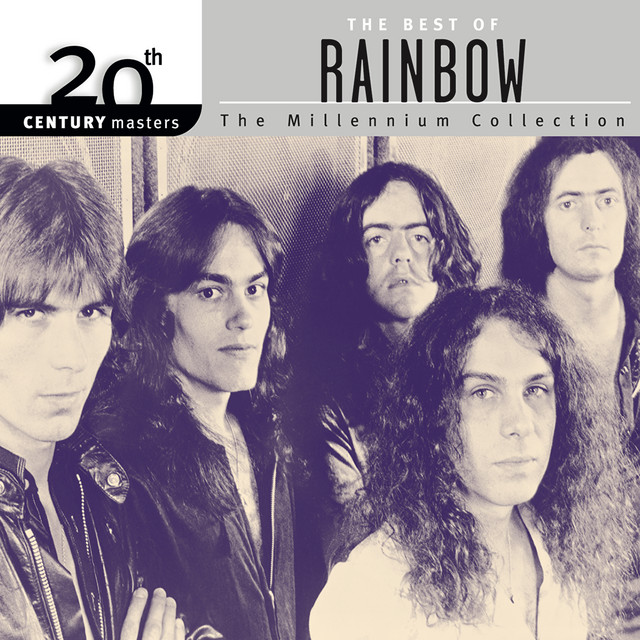
In November 1978, while rock was busy proving its macho credentials, Rainbow delivered this orchestral outlier that dared to showcase the devastating tenderness in Ronnie James Dio’s voice. This deep cut from “Long Live Rock ‘n’ Roll” feels like finding a love letter hidden inside a motorcycle jacket—unexpected vulnerability from the leather-clad princes of power metal.
Ritchie Blackmore’s delicate guitar work here challenges the speed-equals-skill paradigm that dominated rock guitar. The orchestration creates a medieval emotional landscape, turning heartache into something almost mythological. This track exists as proof that even the most aggressive musical spaces contain hidden pockets of devastation for those brave enough to reveal them.
9. Landslide – Fleetwood Mac
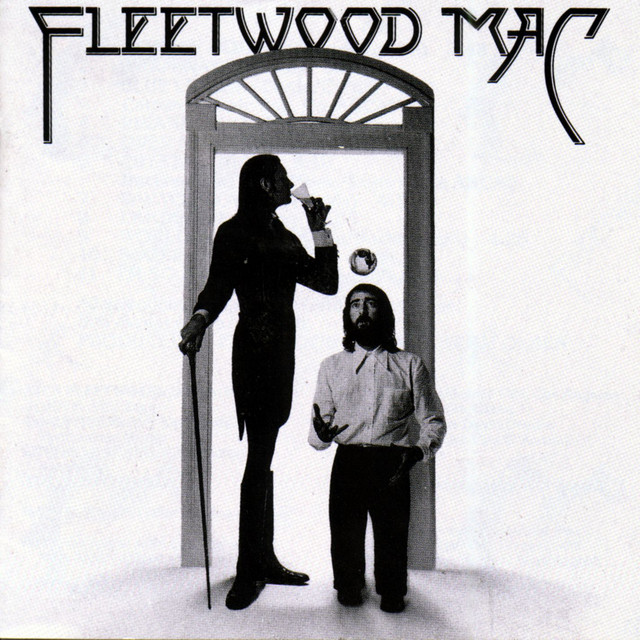
Stevie Nicks turned the personal apocalypse of aging and relationship dissolution into a folk-rock prayer for lost youth. Her June 1975 meditation on time’s ruthless passage gained renewed resonance with April 1997’s live version from “The Dance,” proving some emotional truths only deepen with age. Lindsey Buckingham’s fingerpicking creates a musical hourglass—each note another grain of sand marking the inevitable passage of time.
The song’s power stems from Nicks’ refusal to look away from uncomfortable truths about impermanence. While male rockers were singing about conquering the world, Nicks questioned whether the mountain she climbed would eventually crumble beneath her. This track functions as emotional earthquake insurance—preparation for the moment when everything stable suddenly shifts, leaving you to rebuild from the rubble.
8. Hurt – Nine Inch Nails (covered by Johnny Cash)
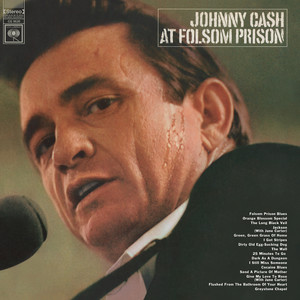
When Johnny Cash covered Trent Reznor’s industrial anthem (originally on 1994’s “The Downward Spiral”) for his November 5, 2002 album “American IV: The Man Comes Around,” he transformed it from a young man’s expression of pain into an elderly man’s final accounting. That sparse piano hits like the last heartbeats of someone reviewing their life’s choices. This track doesn’t just stare into the abyss—it’s recorded from inside it, with Cash’s weathered voice the only light visible from the bottom.
The genius of this reinterpretation lies in how age reconfigures regret. What sounds like melodramatic self-hatred from a young Reznor becomes devastating wisdom when delivered by a man with one foot already across the threshold. The stark video—contrasting Cash’s fading vitality with footage from his vibrant past—creates the emotional equivalent of watching polaroids develop in reverse, the images slowly fading rather than appearing.
7. The Show Must Go On – Queen
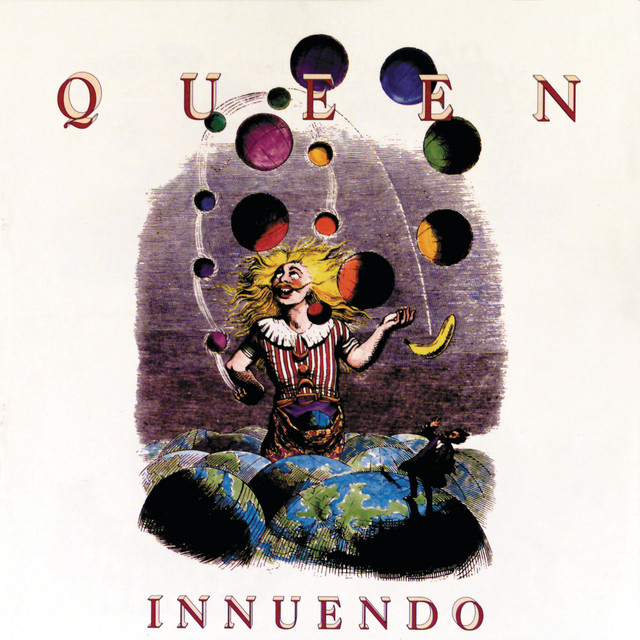
Freddie Mercury’s powerful testament transforms struggle into defiant theatrical spectacle. Written in mid-1990 and released October 14, 1991 on “Innuendo” when Mercury was visibly ill, this anthem refuses the quiet dignity of private suffering, instead turning personal challenge into operatic resistance. The production creates a sonic cathedral, with Mercury’s voice the stained glass illuminating determination from within.
The track’s power lies in its rejection of tragedy as the final act. Mercury’s performance—squeezing spectacular high notes from failing lungs—embodies the song’s message with brutal literalness. His voice becomes both the medium and the message, proving that even as the body surrenders, the spirit can remain unbowed. It’s the sound of someone rewriting their ending, refusing victimhood even as the curtain begins to fall.
6. Hallelujah – Jeff Buckley
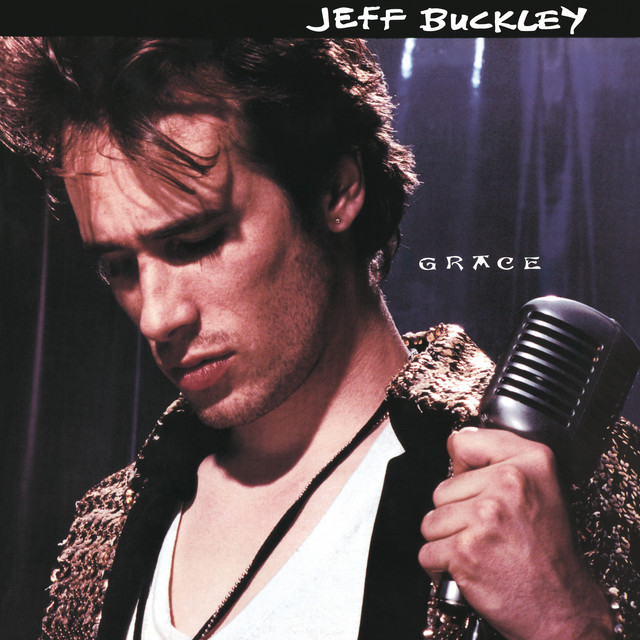
The 1994 “Grace” album standout transforms Cohen’s intellectual exercise into raw spiritual revelation. Buckley’s trembling tenor created space for a specific kind of male vulnerability rarely allowed in rock—sensual, questioning, and unashamed of its emotional nakedness. The sparse arrangement leaves nowhere to hide, forcing listeners into uncomfortable intimacy with both singer and song.
The track’s posthumous rise following Buckley’s May 29, 1997 drowning added unbearable poignancy to lines about sinking beneath truth. His version stands as proof that sometimes the messenger matters as much as the message, his voice carrying the precise emotional frequency needed to unlock Cohen’s cryptic poetry. The recording creates the sonic equivalent of a confessional booth—intimate, sacred, and designed for the whispered admission of uncomfortable truths.
5. Love Hurts – Nazareth
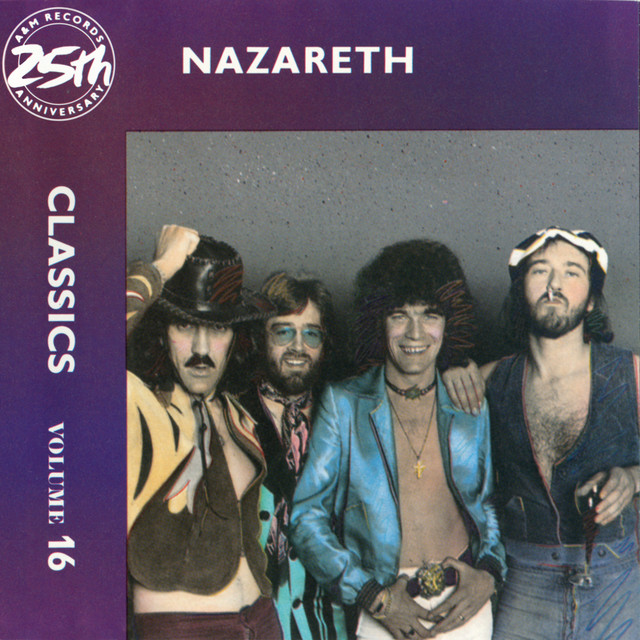
Nazareth’s power ballad, released February 1975 on “Hair of the Dog,” transformed teenage heartbreak into arena-sized melodrama, elevating adolescent angst to operatic proportions. Dan McCafferty’s sandpaper vocals bring welcome grit to what could have been saccharine sentiment, helping the track reach #8 on the US Hot 100. His delivery suggests someone who’s had skin in the game—love hasn’t just hurt; it’s left visible scars.
The track’s genius lies in its democratic approach to emotional devastation. Unlike songs that romanticize pain, this anthem acknowledges love’s casualties without hierarchy or judgment, similar to how “The Breakfast Club” validated different varieties of teenage suffering. Its prom-dance ubiquity offers collective permission to acknowledge romantic wounds without shame. That guitar solo doesn’t just bend notes—it bends under the weight of universal experience.
4. Space Dye Vest – Dream Theater
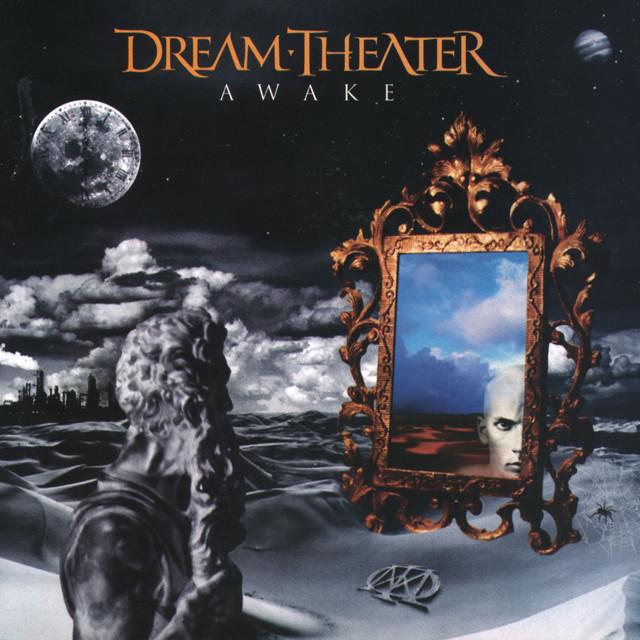
Keyboardist Kevin Moore’s emotional anomaly—track 10 on October 4, 1994’s “Awake”—reads like someone’s accidentally exposed diary. Trading technical showmanship for devastating intimacy, the production creates a sonic panic room, with piano notes falling like tears in an empty apartment.
The track’s structure mirrors emotional unraveling—moments of restraint giving way to floods of feeling that can no longer be contained. While prog often prioritizes cerebral complexity over emotional directness, this composition understands that true technical mastery includes the ability to break hearts. The sampling creates distance that makes the vulnerability bearable, like watching someone’s breakdown through frosted glass.
3. Romeo and Juliet – Dire Straits
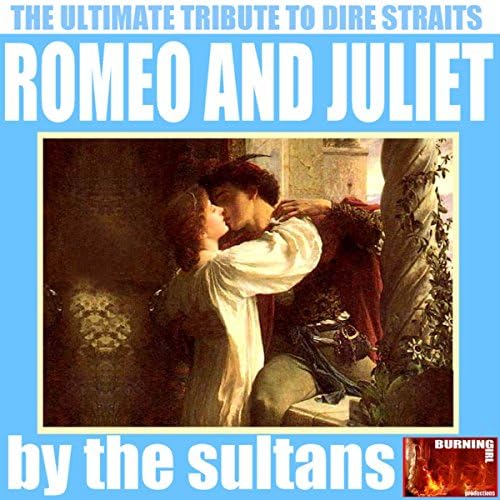
On “Making Movies” (October 17, 1980), Knopfler trades Shakespearean doublets for leather jackets, recasting eternal themes for modern hearts. His distinctive guitar creates a sonic sepia filter—making even fresh heartbreak feel like a memory you’re already nostalgic for. The production feels like emotional time travel, the resonator strings vibrating between past disappointment and present pain.
The genius lies in Knopfler’s refusal to elevate heartbreak beyond its mundane reality. Unlike rock’s tendency toward grandiose suffering, this track acknowledges the pedestrian nature of most romantic devastation. It captures that peculiar moment when you realize your supposedly unique heartbreak is actually the most common story ever told, your personal tragedy just another production of the world’s most performed play.
2. Borderline – Thin Lizzy

This deep cut from September 17, 1976 reveals the poetic vulnerability behind Phil Lynott’s rock star swagger. Buried on “Johnny the Fox” between more aggressive tracks, this gentle confession feels like stumbling upon a love letter hidden in the pages of a motorcycle manual. Lynott’s tender delivery creates the emotional equivalent of a whispered secret, too important for full voice.
The track’s power comes from its glimpse behind the leather-and-denim armor Thin Lizzy typically projected. While rock often demands emotional stoicism from its heroes—especially Black artists who weren’t afforded the luxury of vulnerability—this song creates a safe harbor for feelings too tender for daylight. It’s the musical version of the “tough guy with hidden depths” character that gives every 80s action movie its emotional center.
1. Soldier of Fortune – Deep Purple
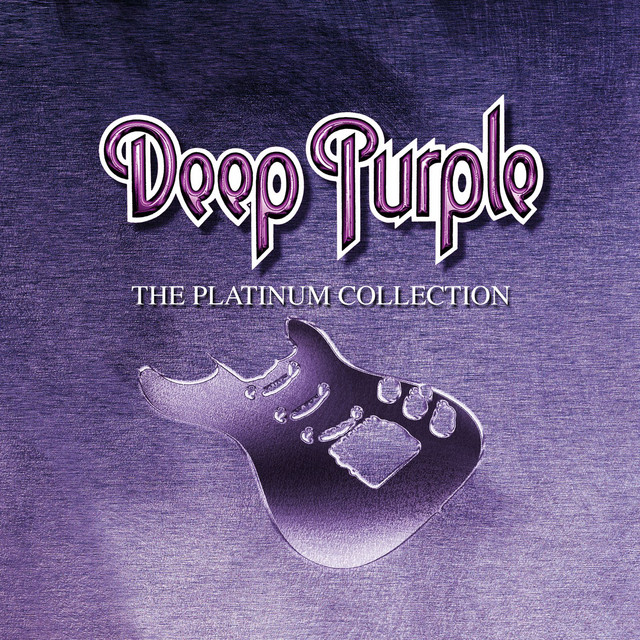
Deep Purple’s bluesy outlier, track 8 on November 1974’s “Stormbringer,” captures that specific emptiness of life after purpose has left the building. David Coverdale’s voice—usually deployed for rock heroics—here becomes the vessel for muted devastation. The acoustic arrangement creates a late-night confessional atmosphere, as if the song exists in those quiet hours when defenses fall and truth rises.
The track’s genius lies in its restraint. Unlike rock’s tendency toward emotional maximalism, this composition understands that true devastation often arrives in whispers rather than screams. The blues influence grounds the suffering in tradition, connecting personal pain to a musical lineage built on processing hardship. It’s the sound of someone quietly packing away a part of themselves they’ll never use again, like Bruce Wayne locking away the Batman suit for the final time.





















